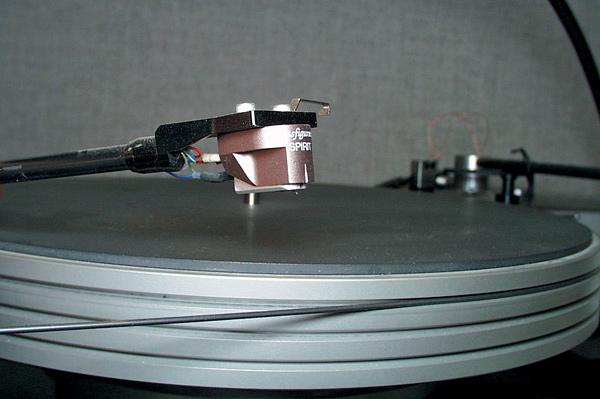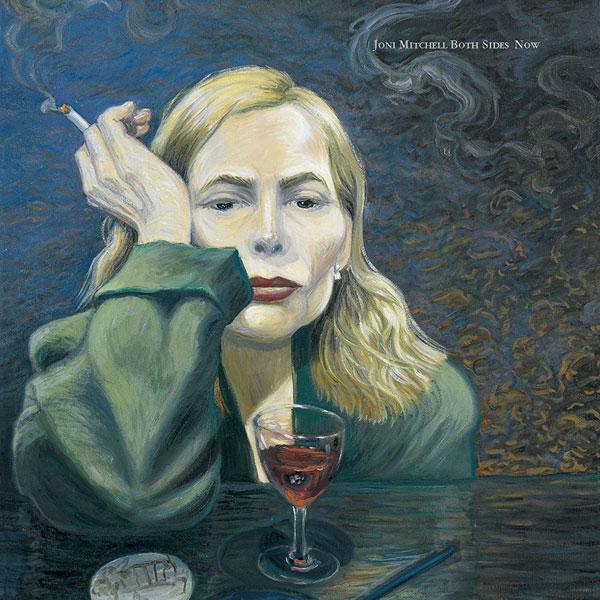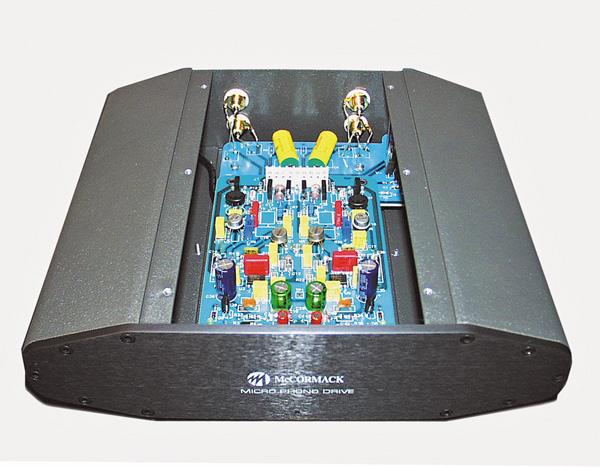Analog Corner
Sort By: Post DateTitle Publish Date
|
Nov 15, 2017 |
First Published: Jun 01, 2000
|
Nov 20, 2017 |
First Published: Jul 01, 2000















